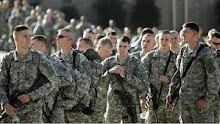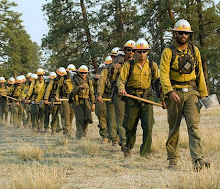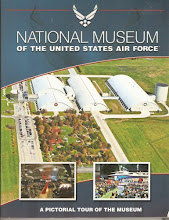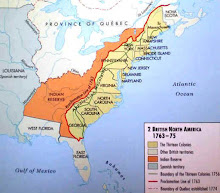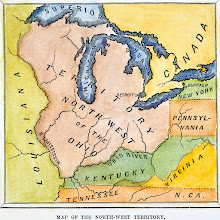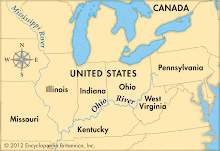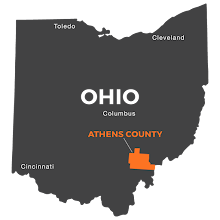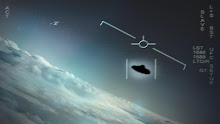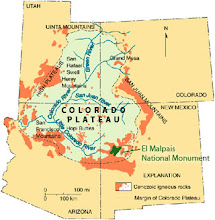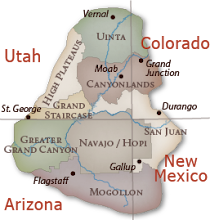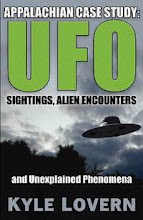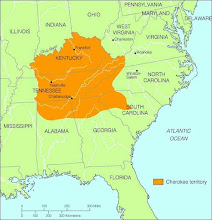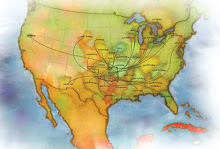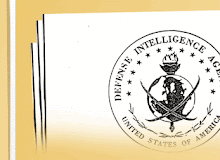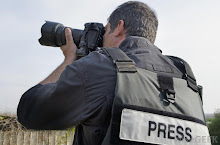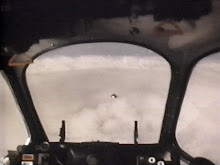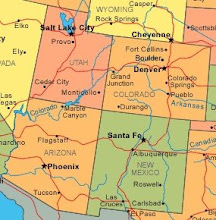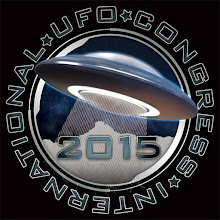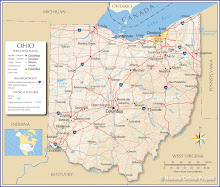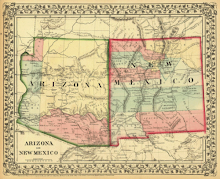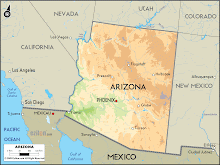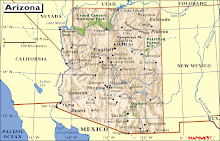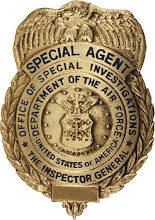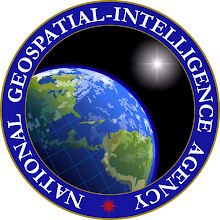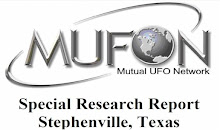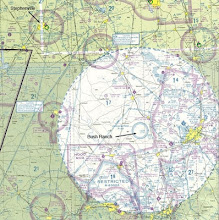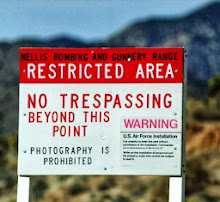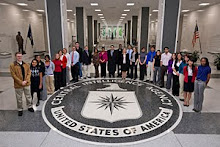skip to main |
skip to sidebar
By Steve Hammons
The concept of “force protection” for U.S. military personnel and U.S. assets involves a system of analyses, assessments and actions in response to ever-changing threats.
Multiple force protection levels can flex and fluctuate in response to conventional and unconventional dangers, and from various and changing directions and sources.
Readiness and ability to recognize new and emerging threats are key for force protection for our Army soldiers, Marines and other tip-of-the-spear warfighters from the Navy and Air Force.
On March 18, 2009, James Mattis, former Marine Corps general and former secretary of defense, addressed the House Armed Services Committee.
Mattis was then commander of the U.S. Joint Forces Command. At the time, the Joint Forces Command was one of 10 combatant commands in the U.S. Department of Defense and oversaw a force of 1.16 million active duty, National Guard and Army Reserve soldiers, Air Force personnel, Navy personnel and Marines.
ADVANCED TRAINING
In his address, Mattis said “core competency” is needed in “irregular warfare (IW).” He also referenced "hybrid warfare" which can combine IW and more conventional methods.
Mattis said adversaries could use methods of a "hybrid nature that combine any available irregular or conventional mode of attack, using a blend of primitive, traditional and high-tech weapons and tactics."
He told committee members, "We must have balanced and versatile joint forces ready to accomplish missions across the full spectrum of military operations – from large-scale, conventional warfare to humanitarian assistance and other forms of 'soft' power."
Mattis’ guidance to lawmakers was not hypothetical.
Many thousands of American military personnel have been killed and tens of thousands severely injured during the 2003 invasion and subsequent multi-year occupation of Iraq, and in attempts to stabilize Afghanistan. (Civilian deaths from those conflicts are estimated in the high hundreds of thousands, at a minimum.)
American military families have been traumatized by the deaths of and severe injuries to sons, daughters, husbands, wives, brothers, sisters, fathers, mothers and other loved ones serving in our armed forces.
In facing the sometimes confusing and changing threats around us, Mattis put forth a key question: "What capabilities are required?" An obvious answer: Education and training of joint personnel, he said. "A trained warrior may perform acceptably in a conventional operation, but irregular and hybrid wars demand highly-educated warriors to prevail," he told the committee.
He also told committee members, "Special emphasis must be placed on human, cultural, language, and cognitive skills. A 'cognitive' warrior knows how to acquire knowledge, process information from multiple sources, and make timely, accurate decisions in complex, ethically challenging and ever-changing environments."
"So, we must be prepared to think the 'unthinkable,' using our study and imagination to help us defeat the enemy," Mattis told committee members. "We must employ to our advantage the power of both inspiration and intimidation, each in the appropriate measure, to confound our enemies."
COMMON OPERATIONAL PICTURE
Now, in 2020, we find ourselves in a situation when the subject of force protection of our military personnel – many in their 20s and 30s, with spouses, young children, parents, siblings and other loved ones – is haunting our souls.
Back in 2009, Mattis also told the House Armed Services Committee that he believed current and future national security challenges demand "whole-of-government" approaches.
"Essential to a whole-of-government approach for applying all aspects of national and international power is the ability to share information and situational awareness among all partners," he said.
When information is appropriately shared, an "interagency common operational picture" is created, Mattis told the committee. Military personnel must communicate with civilian counterparts and create a synergy of effort, Mattis said.
As part of preparation for enhanced U.S. force protection, it could be helpful to revisit the concept of “transcendent warfare.” This term was put forth by a former Navy SEAL officer back in 2001 when he was completing graduate-level studies at the Marine Corps War College.
The idea of transcendent warfare was related to U.S. defense research in the 1970s, ‘80s and ‘90s into human perception, awareness, consciousness and intuition.
Now, expanding military training and civilian public awareness of transcendent warfare concepts could be helpful in our approaches to force protection for U.S. armed forces personnel.
(Related article “Reagan’s 1987 UN speech on ‘alien threat’ resonates now” is posted on the CultureReady blog, Defense Language and National Security Education Office, Office of the Undersecretary of Defense for Personnel and Readiness, U.S. Department of Defense.)
By Steve Hammons
(Related article “Reagan’s
1987 UN speech on ‘alien threat’ resonates now” is posted on the
CultureReady blog, Defense Language and National Security Education
Office, Office of the Undersecretary of Defense for Personnel and Readiness, U.S. Department of Defense.)
Former President Ronald Reagan has often been quoted regarding his Sept. 21, 1987, speech to the United Nations General Assembly referencing an “alien threat from outside this world.”
However, Reagan’s full comments are seemingly often overlooked.
Yes, Reagan had an interest in UFOs and no doubt had high-level briefings on the subject. The former president reportedly may have even had an “encounter” one evening on a drive down the California coast to a Hollywood party with his wife Nancy.
But his 1987 comments at the UN also had a different focus: “I occasionally think how quickly our differences worldwide would vanish if we were facing an alien threat from outside this world. And yet, I ask you, is not an alien force already among us? What could be more alien to the universal aspirations of our peoples than war and the threat of war?”
“Cannot swords be turned to plowshares? Can we and all nations not live in peace? In our obsession with antagonisms of the moment, we often forget how much unites all the members of humanity,” Reagan told the UN audience.
“Perhaps we need some outside, universal threat to make us recognize this common bond,” he said.
HUMANITY IN GRAVE DANGER NOW?
In the years since Reagan’s wise counsel to the world, the “alien threat” he warned about has attacked us again and again in the forms of multiple wars, terrorism and the seemingly infinite ways human beings harm each other and themselves.
That “alien force” within our midst that Reagan warned us about is upon us now in a much more serious way, and we are seemingly in grave danger as a result.
One element of this threat seems to be the destructive and self-destructive tendency of the human species worsened by certain individuals, leaders, groups and nations. And this feeds into what Reagan called “our obsession with antagonisms of the moment.”
“We often forget how much unites all the members of humanity,” Reagan advised us. He told us to look at ourselves, look within. Look at our governments and our governmental leaders. Look at our societies and organized religions, our development in arts and sciences.
“What could be more alien to the universal aspirations of our peoples than war and the threat of war?” Reagan asked in his UN address.
But Reagan did not rule out other kinds of situations that might help humanity unite. “Perhaps we need some outside, universal threat to make us recognize this common bond,” he said.
This brings us to the significant December 2017 article in the New York Times about the recent U.S. Navy encounters with UFOs and the Defense Department’s Advanced Aerospace Threat Identification Program (AATIP). Widespread news reports explored and explained the stated activities of the program.
As the public and those in the media and national security community learned more, there was concern about the reliable reports of unknown objects in close proximity to U.S. Navy aircraft carrier battle groups.
These recent developments follow decades of speculation, research, news stories, fiction and non-fiction movies, books and TV shows about UFOs and visitors from elsewhere – other planets, other dimensions, or other planets in other dimensions.
And as a logical and natural part of the research and speculation about these topics, we have wanted to know if any such visitors are friendly, neutral or hostile. Could they be “frenemies” like some countries the U.S. deals with? Could it be a complicated military and political situation like the complex conventional international relations among human nations and groups?
“I occasionally think how quickly our differences worldwide would vanish if we were facing an alien threat from outside this world,” said Reagan.
It seems that Reagan was warning the people of the world of a possible two-pronged threat: 1) From ourselves and our leaders, primarily in the form of war, especially escalated modern warfare and related planetary contamination/degradation, and 2) From truly “alien threats” of one or more hostile non-human species.
YET UNKNOWN OBJECTIVE
And now, some national security experts are supporting Reagan’s informed speculation about that second category, that a possible “alien threat” or problematic “alien force” other than ourselves and our own leaders is something to be aware of.
In a Nov. 2, 2019, article on The Hill website, national security veteran Christopher Mellon wrote an article titled “The Navy acknowledges UFOs – so why aren't they on Washington's radar?” Importantly, Mellon wrote that “unidentified aerial phenomena (UAP)” have “brazenly operated in restricted U.S. military airspace.” There are “ample warning lights flashing,” he wrote.
Credible UFO sightings, encounters and reports of various kinds have been well-documented in the U.S. and in countries around the world for decades. Beginning in the 1940s, and especially in the 1950s, UFOs were sighted around the U.S., including over Washington, DC, in the summer of 1952.
The recent news about the U.S. AATIP research informed the public more fully about the highly-unusual objects encountered by Navy fighter pilots at sea. But those reports by Navy pilots are really not much more unusual than previous accounts by other military pilots and personnel, public safety peace officers, other trained observers and reliable everyday people in many countries.
In Mexico and Brazil, in France and Belgium, and around the world, UFOs have been seen, encountered and documented by civilians, military and public safety personnel.
In one well-known case, on Sept. 19, 1976, multiple pilots of the Iranian Air Force encountered a UFO above Tehran (during the period when Iran and the U.S. were allies, before the Iranian Revolution). There were several encounters between the Iranian pilots and the UFO. This incident has been well-researched and is regarded as a case having extensive credible investigation and documentation.
In the more recent U.S. Navy incidents, three declassified videos from Navy jets recorded UAP off the west coast of the U.S. in 2004 and off the east coast in 2015. UFOs, or UAP, reportedly also were observed near U.S. naval forces during deployment to the Middle East.
In another report dated Nov. 12, 2019, by national security expert Mellon, he explored the situation further. Mellon wrote in his report titled “Potential Sources of Information Regarding Unidentified Aerial Phenomenon” that, “… the U.S. Navy’s public recognition of the problem is an excellent first step towards mobilizing the military and the Intelligence Community to find answers regarding the identify of these vehicles and determine whether they pose a threat to the United States.”
Mellon wrote, “The UAP phenomenon off the East Coast of the US in recent years is unprecedented in terms of the number and appearance of the vehicles involved as well as their persistence in a specific geographic region.”
“It suggests not only a new level of brazenness or contempt for US defense and intelligence capabilities, but also the possibility that operations have advanced to a new stage towards some as yet unknown objective,” he said.
So, it seems Reagan had some insight about the threats to the human race. We apparently are now facing those two dangers he warned us about: 1) The destructive and self-destructive psychology and behavior of our leaders and ourselves as human beings, and 2) Other "alien" (or non-alien) races and/or other unconventional beings from elsewhere that might, or might not, have our best interests at heart.
(Related articles "Navy Research Project on Intuition" and "Human perception key in hard power, soft power, smart power" are posted on the CultureReady blog, Defense Language and National Security Education Office, Office of the Undersecretary of Defense for Personnel and Readiness, U.S. Department of Defense.)


